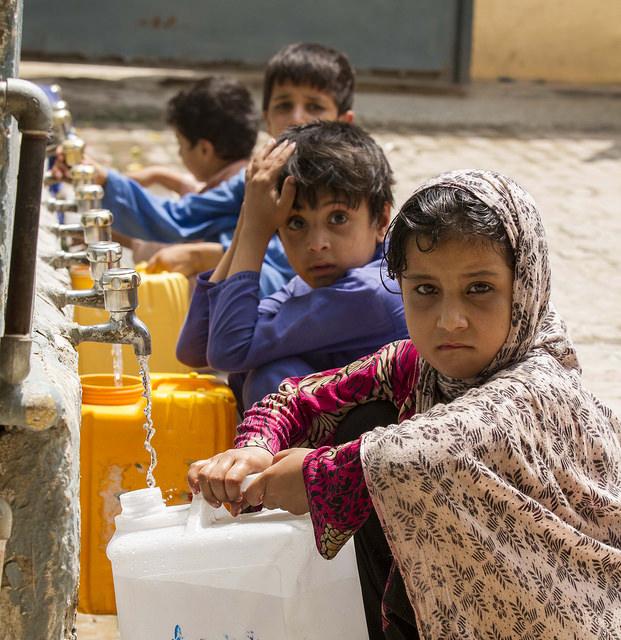COVID-19 activity remains elevated across most of the United States, but some regions of the country are seeing some declines, as the proportion of KP.3.1.1 variant continues to rise, the Centers for Disease Control and Prevention (CDC) said today in its latest updates.

Nationally, wastewater detections of SARS-CoV-2 are at the very high level for the second straight week. The highest levels are still in the West and South, followed by the Midwest and the Northeast. The CDC's latest update, however, shows downward trends from high levels in the South and Midwest.
For respiratory virus activity in general, the nation's levels are low, with most illnesses caused by COVID, with flu and respiratory syncytial virus (RSV) levels still low, the CDC said in its latest snapshot. It noted an upward trend for RSV, though.
COVID indicators show that the burden is highest in people ages 65 and older and in children younger than 2 years old.
KP.3.1.1 variant continues to rise
The proportion of KP.3.1.1 variant continues to rise, the CDC said in its latest variant proportion estimates. KP.3.1.1, one of many JN.1 offshoots, is thought to more easily evade immunity from earlier infection and vaccination. The variant now makes up 36.8% of sequences, up from 22.8% in the previous 2 weeks.
Among the CDC's other metrics, test positivity rose slightly last week and is at 18.1% nationally, but was highest in Texas and surrounding states. Emergency department visits for COVID declined a bit from the previous week, but are still at the moderate level in parts of the South.
Hospitalization levels are declining from an early-August peak. Deaths from COVID continue to rise, however, up 18.7% from the previous week.















